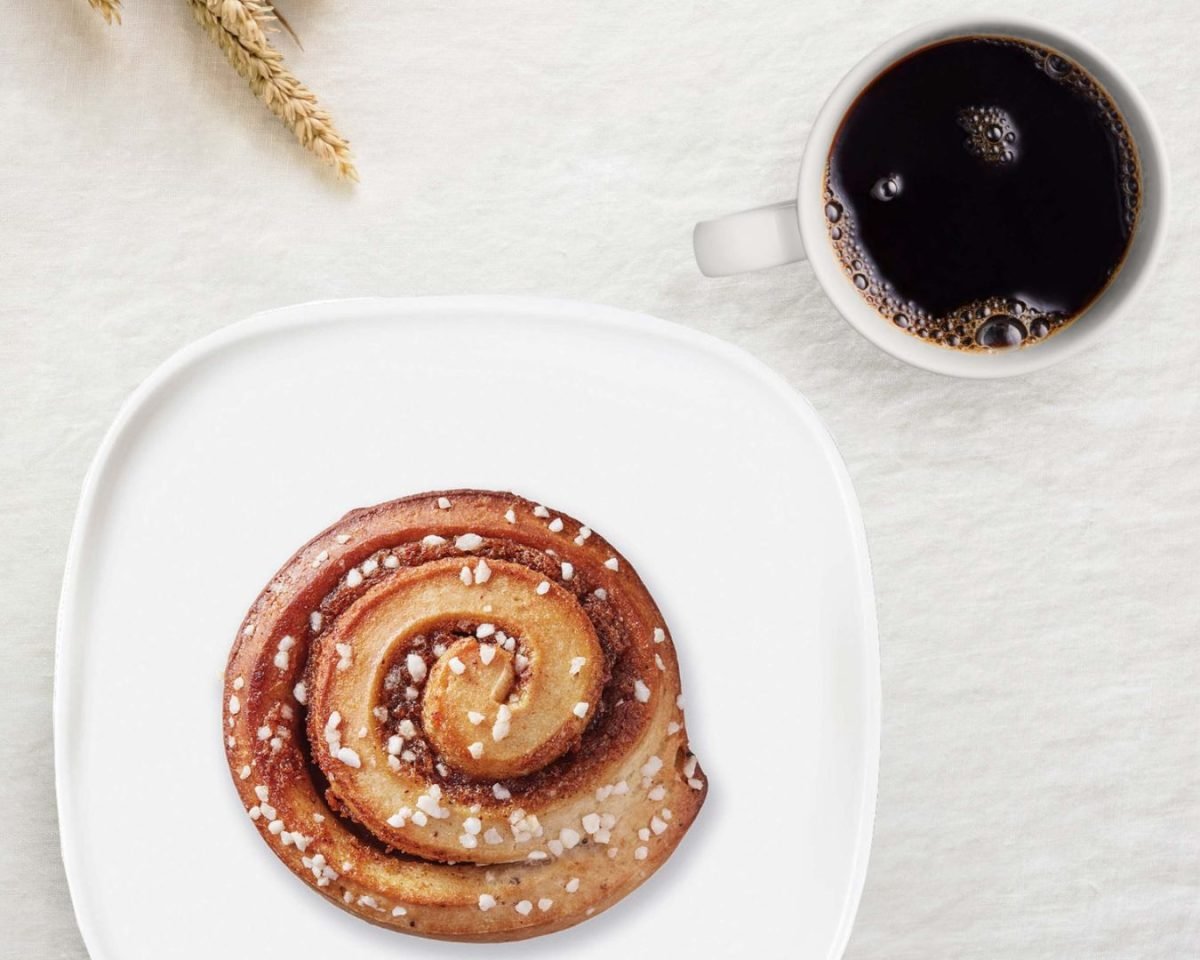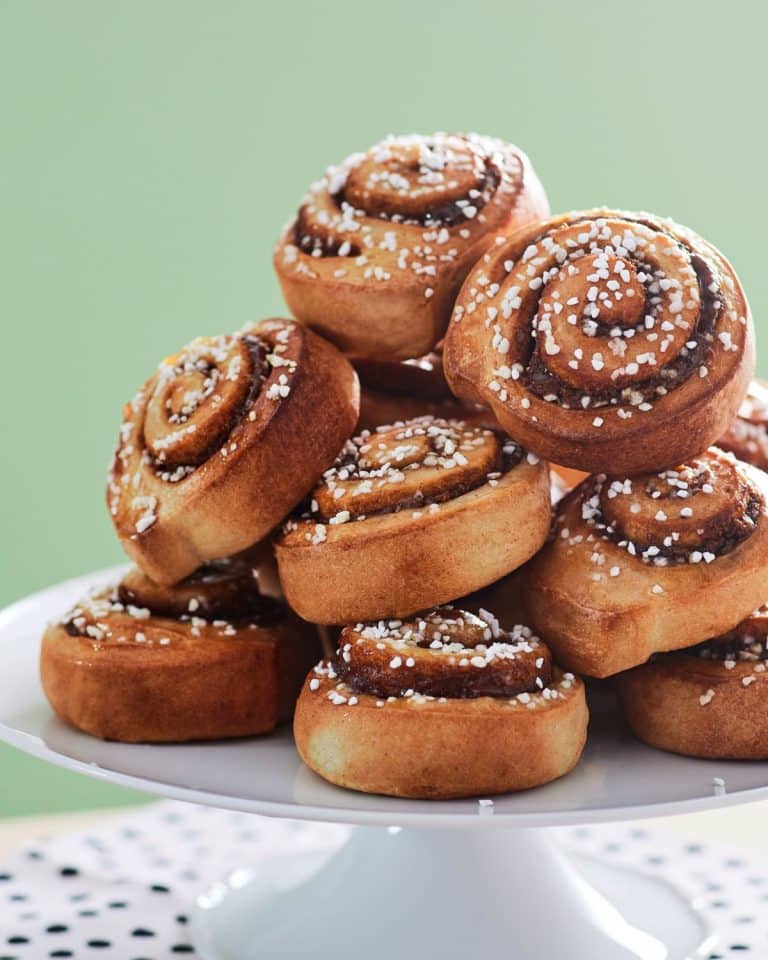Turns out people really, really love Swedish pastries—and IKEA has the receipts to prove it
Here’s a statistic I didn’t have on my bingo card for 2024: Last year, IKEA customers consumed more than 25 million cinnamon buns across their 400 stores worldwide.
That’s a lot of buns.
But IKEA’s Global Food Manager, Lorena Lourido Gomez, helpfully put it in perspective for those of us who struggle with big numbers: stacked vertically, those buns would create a tower taller than three Mount Everests.
Three. Mount. Everests.
Let that sink in for a moment. We’re not talking about meatballs here (though I’m sure those numbers are equally terrifying). We’re talking about a humble Swedish pastry that’s somehow become one of the most popular items at a furniture store.
The Unexpected Food Empire
When IKEA opened its first restaurant in the early 1960s, introducing the cinnamon bun alongside Swedish meatballs, I doubt anyone predicted they’d eventually be moving pastries by the Everest-load.
But here we are, and the numbers tell a fascinating story about what happens when a furniture retailer accidentally becomes a global food destination.
The cinnamon bun—or kanelbulle in Swedish—has been around since the 1920s, when bakers started experimenting with cinnamon and cardamom, spices that were relatively exotic at the time.
By 1999, Swedes loved them so much they declared October 4th as official Cinnamon Bun Day.
And now, this Swedish tradition is being celebrated from Canada to Korea, Spain to Australia, all thanks to IKEA’s massive retail footprint.
“The cinnamon bun is an essential part of the fika tradition – a coffee break that celebrates pausing, sharing, and belonging,” says Gomez. And clearly, that message is resonating far beyond Sweden’s borders.
Breaking Down the Bun Economy
Let’s do some napkin math here, because 25 million is the kind of number that’s hard to grasp. That’s roughly 68,500 buns per day. Or 2,850 buns per hour if we’re assuming round-the-clock operations (which, let’s be honest, some IKEA stores might as well be).
Across 400 stores globally, that averages out to about 62,500 buns per store annually. Some stores are undoubtedly moving more volume than others—I’m looking at you, high-traffic urban locations—but the point stands: people are eating a lot of cinnamon buns while furniture shopping.
This isn’t just about sugar cravings between the showroom and the warehouse. It’s about IKEA successfully exporting not just furniture, but an entire cultural experience.
The Swedish concept of fika—that coffee break tradition—has apparently translated across borders in ways that go beyond flat-pack assembly instructions.
The Fika Factor

According to Alejandra Pinol, Deputy People & Culture Manager at Ingka Group, fika isn’t just a coffee break—it’s core to IKEA’s identity.
“It means we can share ideas, connect with one another, and strengthen team bonds,” she explains.
The tradition emerged in 1910 as workplace slang, but Swedish factories quickly discovered that regular breaks actually reduced accidents and improved productivity. Novel concept: rested workers make fewer mistakes.
IKEA has essentially gamified this tradition. Need to make a major furniture decision? Have a cinnamon bun. Exhausted from navigating the marketplace labyrinth? Cinnamon bun. Questioning your life choices in aisle 47? You guessed it—cinnamon bun.
Cinnamon Bun Day Goes Global
This October 4th, IKEA stores worldwide are celebrating Cinnamon Bun Day with special promotions—discounted buns with coffee, free samples, and family activities, with each country putting its own spin on the celebration.
It’s part of IKEA’s larger “Cooking & Eating Year” initiative, which focuses on bringing people together through food experiences.
The timing makes sense. According to IKEA’s own Life at Home Report, 35% of people say eating together makes them feel they belong. In an increasingly fragmented world, there’s something appealingly simple about a shared pastry moment.
So on October 4th, I’ll be raising my cup (and my bun) not just to IKEA’s ovens but to the idea that joy doesn’t need to be complicated. Sometimes it’s just dough, cinnamon, sugar, and ten stolen minutes at a too-small table.

